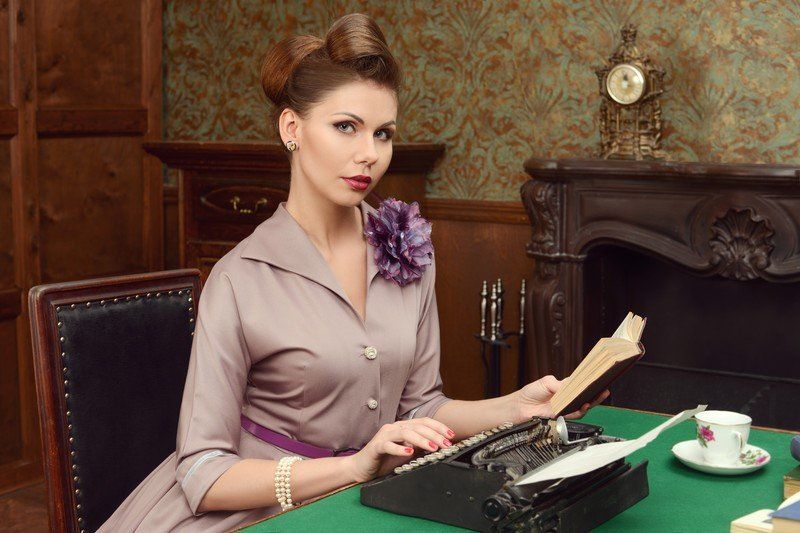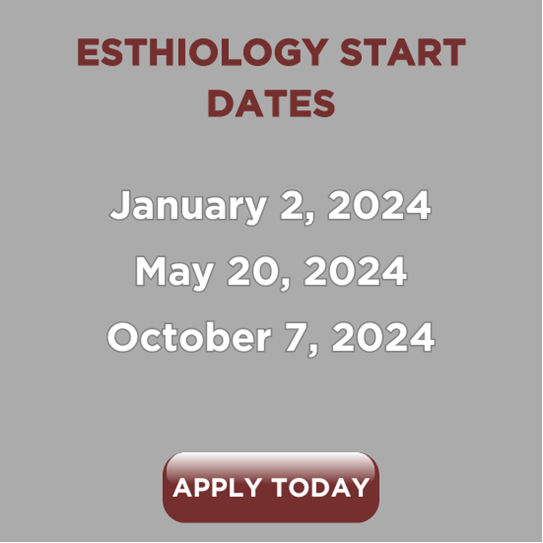1950s to the 2010s: Hairstyles through the Decades

How do you mark the passage of time? While you may do that easily by looking at your watch, smartphone, or calendar, you can look back and tell times have changed by looking at trends. Just like new trends are apparent in fashion from season to season and year to year, so too are trends in the hairstyling industry from one decade to the next.
Although popular hairstyles have changed over time, one thing has remained constant in the cosmetology industry. And that’s the overarching goal to make people look and feel their very best day in and day out.
Hairstyles in the 1950s
When you compare hairstyles from the 1950s to today’s popular coifs, it’s obvious things have changed over the past few decades. As the United States emerged from World War II, diversity became the name of the game for hairdos. While the ponytail became the default hairstyle among teens, experimentation drove the stylings of starlets like Marilyn Monroe and Elizabeth Taylor and pin-ups like Bettie Page.
Hairdos of the 1960s
Hairstyles that are still easily recognizable today took center stage in the 1960s, such as the Bouffant, beehive, and the iconic bob. While those styles are distinct from one another, they share certain traits, such as volume, a round shape, and outward or inward curls at the end of people’s hair. With the onset of the Vietnam War, the Civil Rights Movement and hippie culture, long, flowing hair became commonplace as the 60s drew to an end.
Coifs in the 1970s
As the country developed a fondness for disco music in the 1970s, disco hairstyles like Farrah Fawcett’s feathered hairdo became all the rage across generations in the 1970s. The afro also became wildly popular in this decade, allowing people to remain fashionable and make a political statement at the same time. The “center part” is another hairdo that had its 15 minutes of fame in the 1970s.
Styles of the 1980s
Big, teased hair that was also permed was the name of the game in the 1980s. As it was for the “hair bands” of the day, bigger was better for the population at large as it related to hairstyles. Side ponytails adorned with oversized bows, colorful scrunchie,s and vibrant combs were seen throughout the country.
Hairstyles of the 1990s
The rebelliousness of the 80s was still evident in the hairstyles of the decade that followed, but hairdos in the 1990s were comparatively subdued. Flippy bobs like “The Rachel,” which was made famous by Jennifer Aniston’s character on the television show “Friends,” cornrows, short, spiky hair and space buns all had their moment in the figurative (and literal) sun during this decade.
Hairdos in the 2000s
In the 2000s, hairstyling became more about finding a look that flattered an individual’s personal characteristics than following trends. For this reason, hairstyles in this time period varied widely, ranging from straight, a mix of straight and curly, blended highlights, and chunky colors.
Coifs of the 2010s
Today, low maintenance is the dominant hairstyling trend. One-length clips have been popular throughout the current decade. Long hair that’s reminiscent of the fictional character Rapunzel is also commonplace, enabling many people to highlight another one of the industry’s current trends—braided hair.
Enroll in Hairstyling Classes at State College of Beauty Culture
If you’ve always dreamed of being able to execute the latest hairstyles, we invite you to enroll in hairstyling classes at our hair salon school. Our hairstylist school is where you can get all the training you need to pass the Wisconsin state licensing exam and launch a promising career as a hairstylist.
Contact State College of Beauty Culture to learn more about or enroll in our hairstyling classes today.



